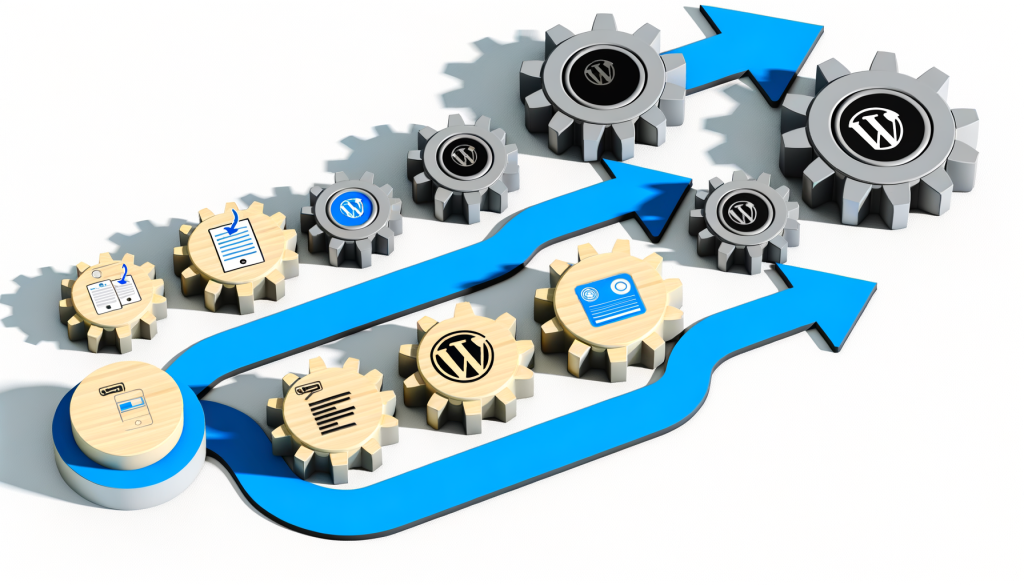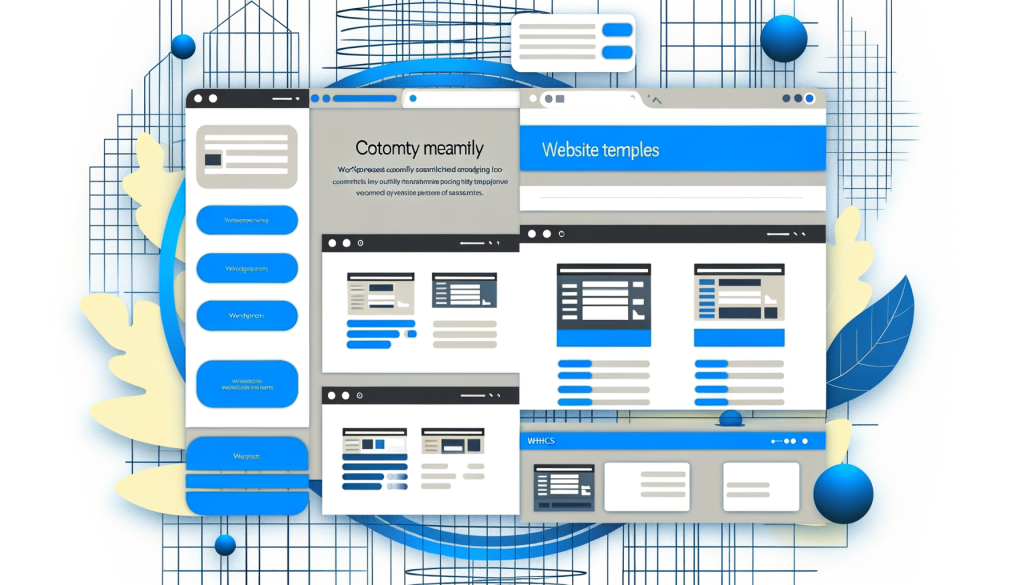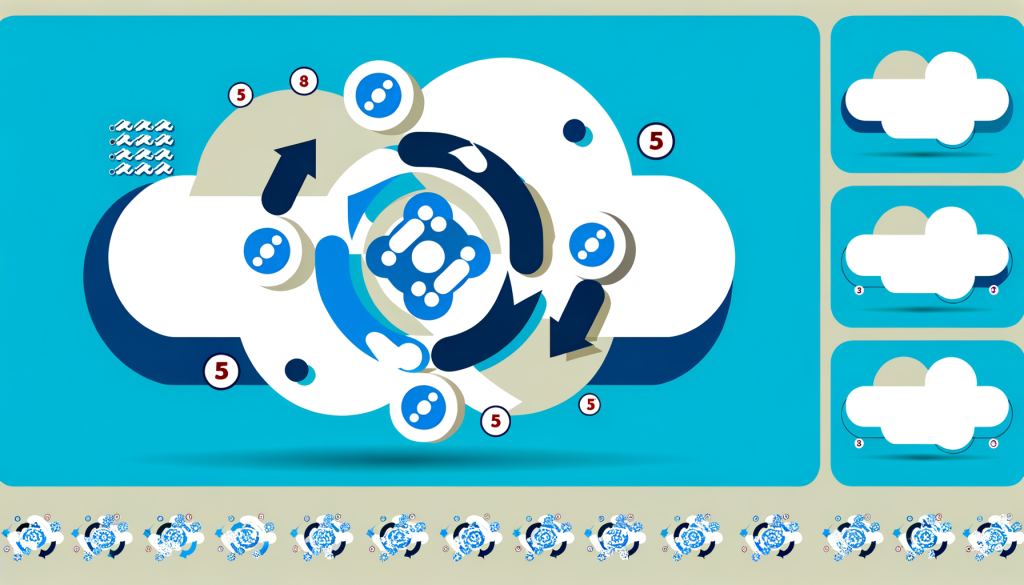How to Start a Web Design Business: A Simple Guide for Beginners
Introduction
Starting a web design business is an exciting path for anyone keen on crafting digital experiences. With more businesses going online, the need for skilled web designers is skyrocketing. Whether you’re thinking about freelancing, setting up an agency, or forming a partnership, this guide will lead you through the key steps to kick off your web design venture.
Understanding the Basics
What is Web Design?
Web design involves crafting the visual layout, usability, and look of websites. Moreover, a web designer ensures that websites are attractive, easy to use, and meet the business’s goals.
Skills Required
To succeed as a web designer, you need both creative and tech skills. Basic knowledge of HTML, CSS, and JavaScript is essential. Also, knowing UI/UX design principles is vital for making user-friendly and appealing websites.
Planning Your Business
Business Model
You can work as a freelancer, start an agency, or create a partnership. Each choice offers different benefits and challenges, from the freedom of freelancing to the growth potential of an agency.
Niche Selection
Picking a niche allows you to focus your services and stand out in a busy market. For example, targeting e-commerce, healthcare, or small businesses can position you as the expert in that field.
Market Research
Firstly, get to know your competitors and your target audience. Next, look at what others in your niche do well and spot opportunities where you can offer something different.
Setting Up Your Business
Legal Requirements
Register your business as per local laws, get the needed permits, and learn about your tax duties. As a result, you might want to talk to a lawyer to make sure everything is set up right.
Tools and Equipment
Invest in trusted software like Adobe XD, Sketch, or Figma, and make sure you have a strong computer for design tasks. Similarly, quality hardware is a must.
Branding
Having a strong brand is key in the web design world. Create a memorable logo, business cards, and a professional website to show off your brand to potential clients.
Building Your Portfolio
Importance of a Portfolio
A solid portfolio shows off your skills and style. In fact, it’s often the first thing potential clients want to see.
What to Include
Add a range of projects to your portfolio to display your skill variety. Also, include everything from mockups and wireframes to complete websites.
Showcasing Your Work
Use your website to present your portfolio, making it easy for potential clients to see your work and contact you.
Attracting Clients
Marketing Strategies
Use SEO, social media, and content marketing to reach potential clients. Regularly updating your blog can boost your site’s SEO and attract more visitors.
Networking
Join industry meetups, seminars, and other events to connect with potential clients and other designers. Additionally, online forums and platforms are great for networking.
Client Relationships
Maintain clear communication, meet deadlines, and exceed expectations to build strong relationships with your clients. Consequently, happy clients are likely to come back and recommend you to others.
Scaling Your Business
Hiring Employees
As your client list grows, think about bringing on more designers or support staff to manage the extra work.
Expanding Services
Consider adding services like mobile app design, SEO, or social media management to offer more solutions to your clients.
Staying Updated
The web design industry changes fast. Therefore, stay on top of the latest trends and tech to keep your skills up to date.
Conclusion
Launching a web design business takes commitment and a deep understanding of both design and business strategies. By following these steps, you’re well on your way to setting up a thriving web design business that meets and surpasses client expectations.
Call to Action
Ready to start your own web design business? Learn to create a white-label web hosting platform for your design company.








